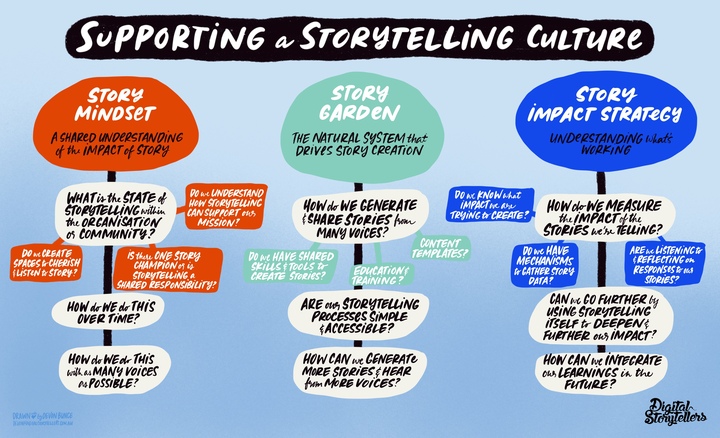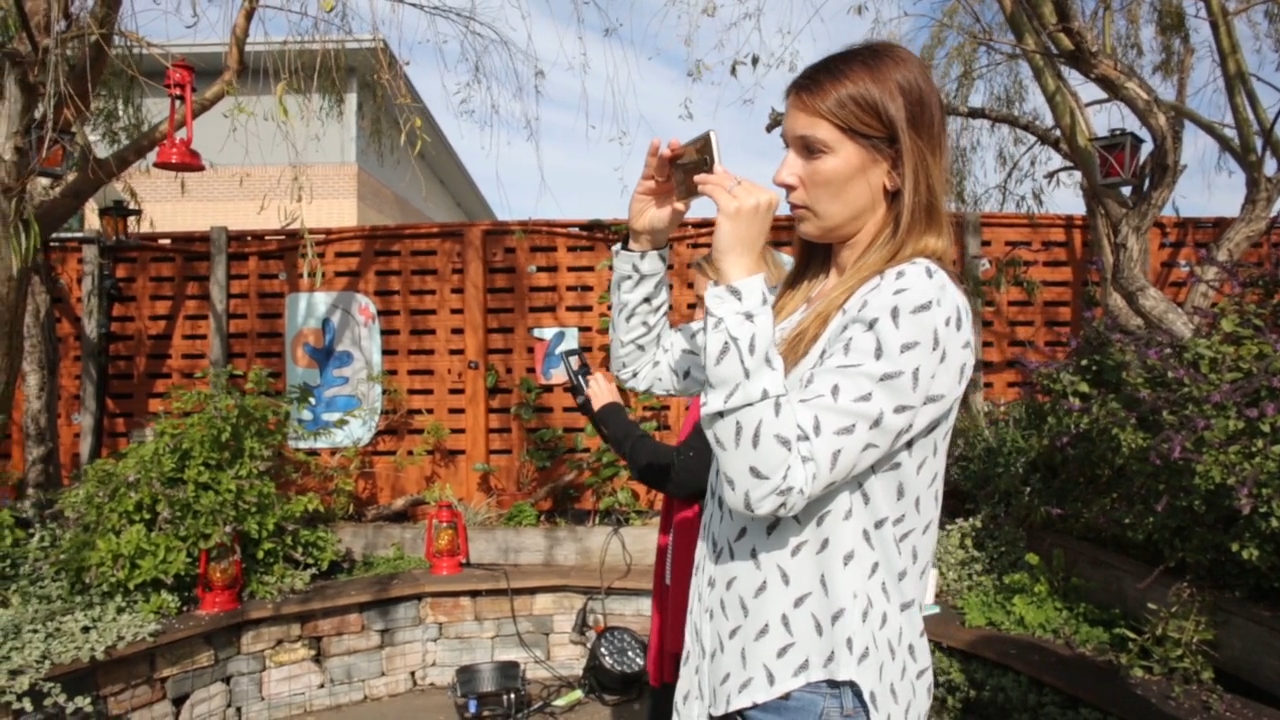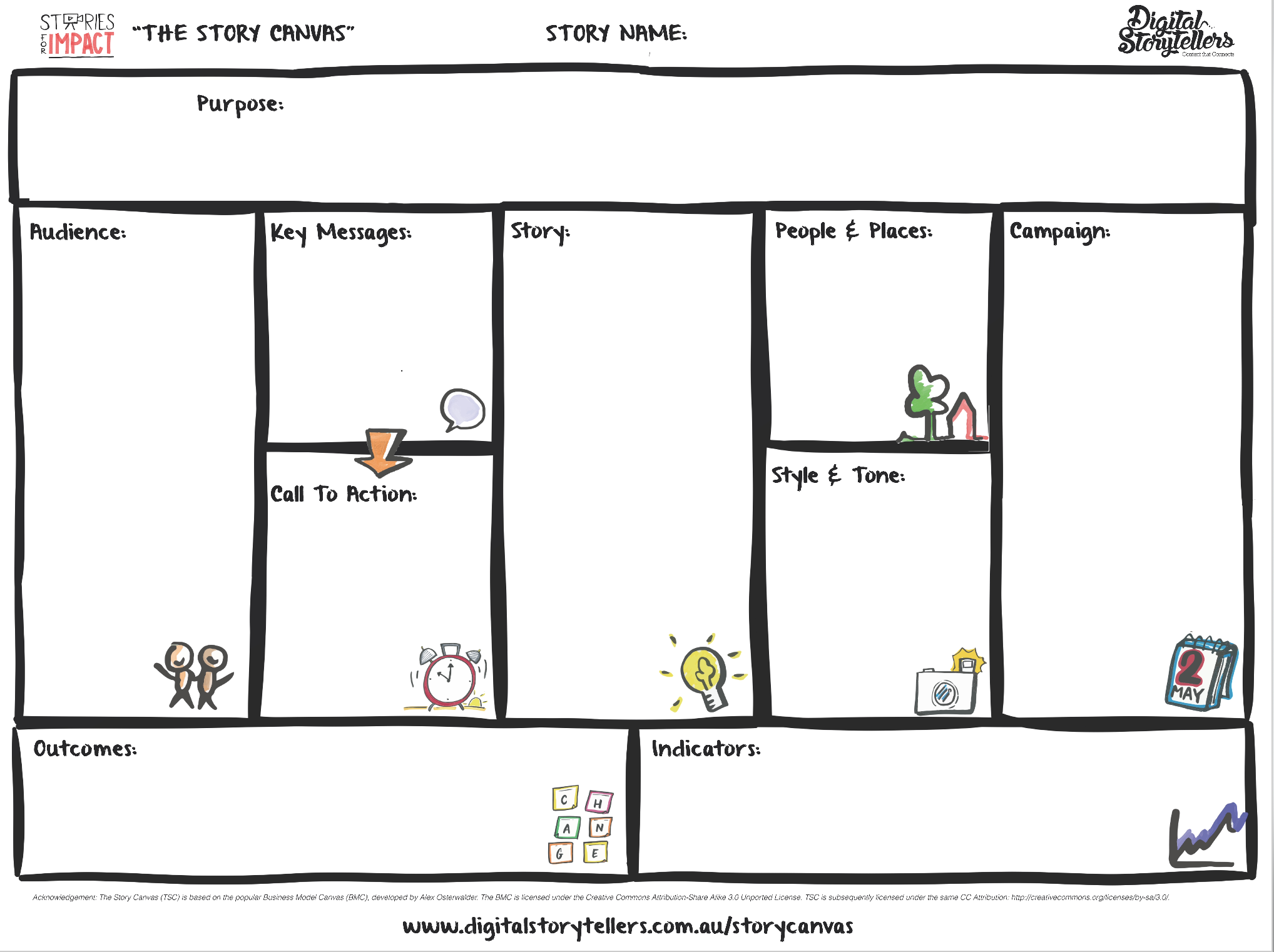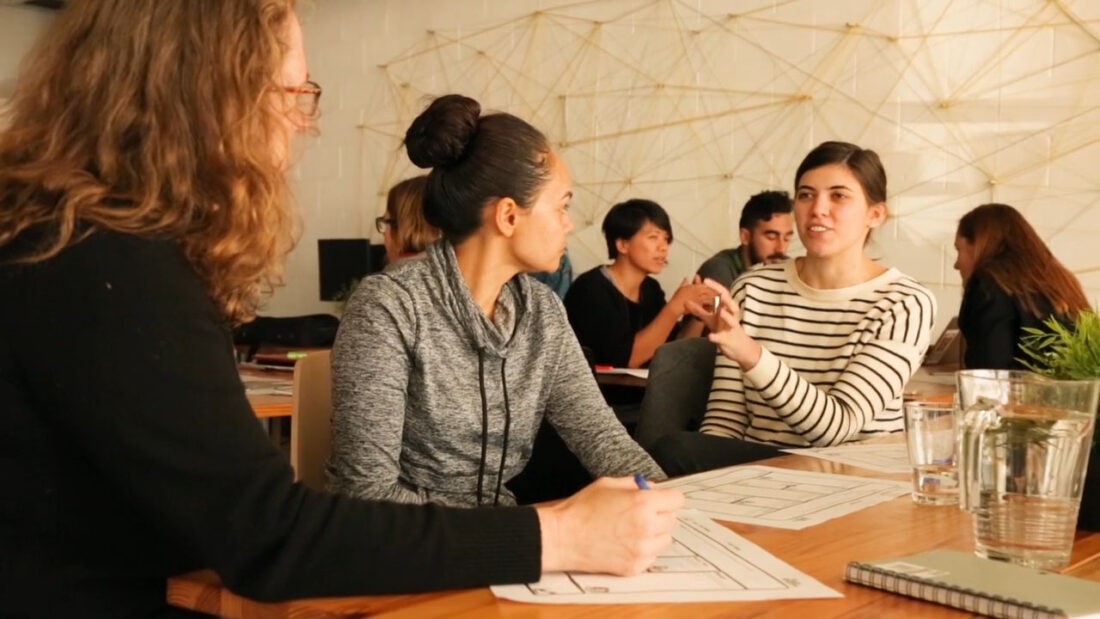How to create a storytelling culture and why it matters
We cannot hope for a better world without creating change, and we cannot create change without telling stories that inspire people to be part of that change. However, storytelling is not something that we can just do once, and never again. Here’s how to cultivate a culture that generates stories with ease and unlocks long-term sustainability and success.
You are likely reading this because you know that big change needs to happen to create the bold and beautiful new world we know is possible. You probably also believe, as we do, that the challenges before us are immense, but our capacity to rise to them is even greater. Strategic and purpose-driven storytelling is a powerful tool to create awareness, engage communities, spark action and drive change.
So, how do we actively cultivate a culture of storytelling to inspire action towards a better future?
What is a storytelling ‘culture’ and why is it important?
A vibrant storytelling culture means having a plethora of living, breathing stories, from different perspectives, to draw on whenever you want or need to share your message – whether this be a presentation to your community, a call to action on social media or onboarding new team members.
According to the SSIR, a storytelling culture is the difference between having one person dedicated to storytelling (e.g. the CEO, or Communications Manager) and having everyone in that organisation, community or network gathering, telling and sharing compelling stories as part of their everyday processes and rituals.
Creating this culture of storytelling is critical because, despite living through such a challenging chapter in our world’s history, one thing that hasn’t changed: stories are still the way in which humans understand and navigate the world. Therefore, they are the most powerful tool we have to create a better future.
Let’s unpack the three elements of a storytelling culture.

The three elements of storytelling culture
-
A storytelling mindset
When you reflect on the state of storytelling at your organisation or in your community, would you say that: there is a shared understanding of the value of listening to, collecting and sharing stories? Or would you say that it feels like a burden and just another box to tick in the never-ending list of ‘things to do’?
Furthermore, is storytelling something that is done sporadically, or do you have a method to the madness? Is there one ‘story champion’ or person who is always beating the drum for more stories in your organisation (maybe it’s you!), or is it a responsibility shared?
Creating a shared understanding and buy-in of the value of storytelling, or cultivating a storytelling ‘mindset’, has to come from the bottom up and the top-down. So too does the responsibility for gathering and sharing stories, and the commitment to making space for a diversity of voices on a variety of levels.
Being clear, across your team or organisation, on why stories are so valuable, and how they relate to achieving your mission, is crucial for creating this shared storytelling mindset.
How are stories part of reaching your goals and outcomes? How can sharing stories help to unlock the funding or awareness needed to run programs in your community? We’d love to hear what you unearthed about storytelling in your organisation or community. What insights could you share in order to spread the storytelling mindset even wider?

-
A story garden
We no longer live in a world where having a single-story on your website homepage is sufficient (if it ever was). In a world where the possibilities for engagement with our audiences and communities are endless, we need to be telling stories, and listening to the responses, often and ongoing.
Our stories need to be part of a smorgasbord of other content, resources, communications, and activities that take our audiences on a journey from awareness to action. So, after we have established a storytelling mindset, we have to think through the various ways, places and environments in which stories can be cultivated and by whom – i.e. we need to build a story garden to ensure that stories are being grown, seeded, told, and continue to be told both now and into the future. When we talk about building our story garden, we need to also make sure that we give people the skills and tools needed to sow those stories. This means having processes and data-gathering systems, not to mention capabilities, robust enough to make storytelling simple, accessible, authentic, and shareable. It means having the shared tools and templates for identifying powerful stories, and the technology to bring them to life.
Everyone can be a storyteller, but do they know that? And would they know how to tell their story if given the chance?

-
A story impact strategy
A successful and thriving storytelling culture needs to incorporate processes for measuring and tracking the effectiveness of the stories that you’re telling. Are there clear goals and outcomes being tracked to ensure that you’re investing your effort and energy into things that are actually working?
To understand what you need to start, stop or continue doing – we need to be measuring the impact of the stories we’re telling and the way that we’re telling them.
- Are the platforms you’re using the right ones to reach the audiences you need to engage to create change?
- Is the messaging and language being used resonating with people?
- Are there surprising or unexpected parts of your message that are sparking action?
Here we can go even further by also finding ways to create impact and change through the process of storytelling itself. Using story as a mechanism, we can come at impact from different angles and increase the likelihood of change.
Because, as much as we want to use story to share our work and we want to know if those stories are ‘working’, there is also richness in the ritual of storytelling itself, in the process of deep listening, reflection and distillation of a narrative, regardless of whether it fulfils a criteria of tangible ‘success’ or not.
Applying a strategic lens to the impact of storytelling rituals means that you can create a more holistic and fruitful storytelling culture beyond using it purely for the purposes of communicating the message itself.
Have you thought about how you can use stories not only to measure your impact, but to create (and even increase) impact through the process itself?
What are some practical ways you can create a culture of storytelling?
💬 Establish a shared language and understanding of ‘story’
Having a shared understanding of what ‘story’ means and how you’re going to talk about it means that the power to identify and amplify stories within your community or organisation is democratised. Start creating that shared language with our free Story Canvas or Stories for Impact Online Course.

🌀 Make storytelling rituals a part of your regular rhythms
Storytelling cultures ritualise the gathering, telling and listening to stories. Start your weekly check-ins with the chance to share a recent story of your work. End your meetings by giving staff an avenue to submit a story of their favourite client interaction or community ‘win’ for the week. Even apply the story ‘beginning, middle and end’ formulas to your meeting structure.
Not only will this help you harvest more powerful stories, but storytelling is the best way we know to articulate a purpose, vision and culture that others can share because it makes use of one of the most fundamental ways that humans share and retain information.
🚰 Turn on the storytelling tap with a community survey
Do you invite stories from your community or provide ample opportunities for the people impacted by your work to share their experiences? Be it a simple Typeform, a rating or review system or even a regular evaluation and feedback roundtable, gathering story ‘data’ from your community regularly can help you turn on the storytelling tap. Just be sure to have a process for what to ‘do’ with the stories so you can set expectations and not let all that story goodness go to waste.

🥤 Create a campaign or storytelling ‘container’
Use our free Campaign Roadmap, get the help of a story consultant, or simply bring all your bright minds together and create a campaign or ‘container’ for your stories. It could be a ‘Humans of New York’-style campaign (or Humans of Gladstone as the case may be), a weekly #StoryTime highlight on your Instagram feed or perhaps a Bank Australia-style ‘The People Australia Needs’ narrative-based campaign. Generating these stories can provide you with plenty of rich content to draw on for years to come, and help create that sense of community we are all craving.
📜 Develop story templates
It can be really helpful to develop a uniform way that outlines how your organisation or community tells stories, gathers data, and shares it with the world. Maybe it’s a template for direct to camera testimonials with captions, all shot on a smartphone? Maybe you design a graphic template to share quotes from your happy clients or customers? Or perhaps you invest in a detail-rich case study series that follow similar formats? These templates can help improve story literacy by giving people a structure and way to share their stories as well as a way to more easily digest the stories of others.
At Digital Storytellers, we use our Production Grid and Simple Story Structure to break video ideas down into an easy-to-follow plan. For social media, there are also plenty of planning templates available, like this one by Later.com for Instagram stories, which you can customise for your team or organisation.

📹 Brush up on your storycraft skills
When storytelling skills are cultivated in communities, it builds connection, pride and wellbeing; channels frustration into creative expression; and helps you listen to community voices and learn what they care about. It also makes sure that when people have the chance to share their stories, they know how to do it in a safe and engaging way. Whether it’s a bespoke storytelling workshop for your team or an online course to find, make, edit and share your story, use the power of storytelling to bring your people together and grow their skills.
To create big change, we need to be engaging communities for action, and to do that we need to be actively cultivating and telling stories. Hopefully this article has given you more than a few ideas on how to do just that. And, as always, if you need a storytelling copilot to help you navigate these cloudy skies – you know where to find us 😉

